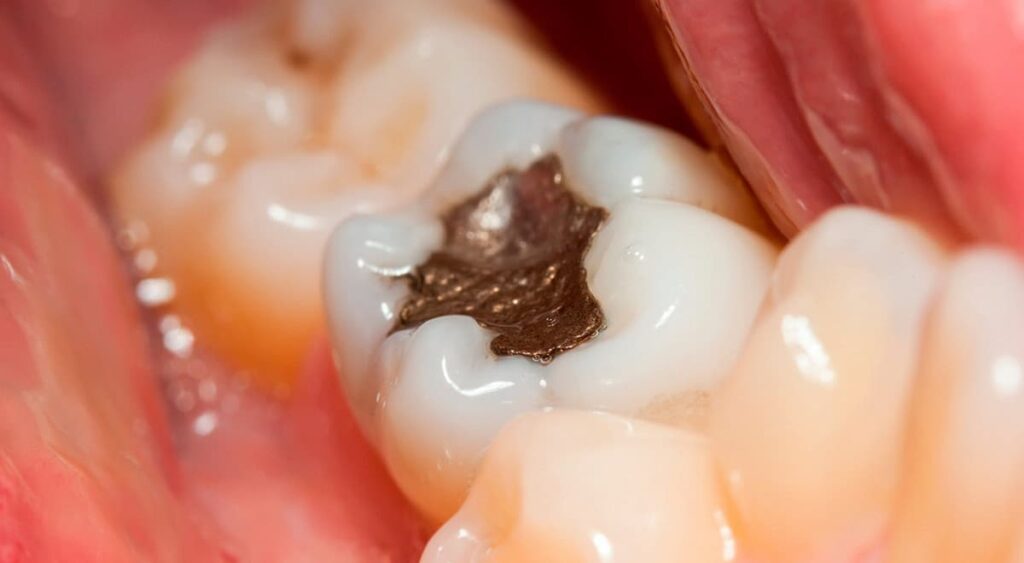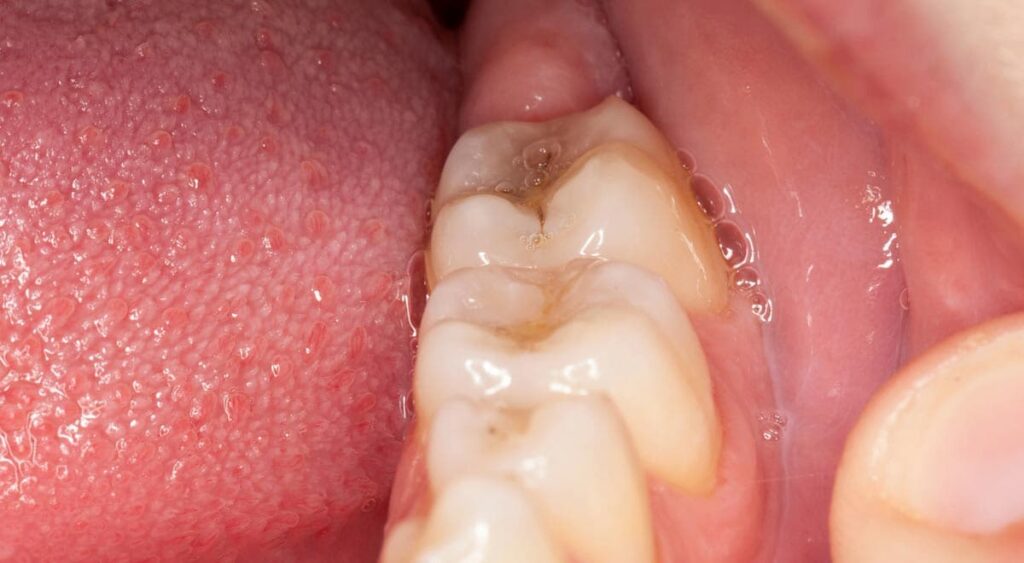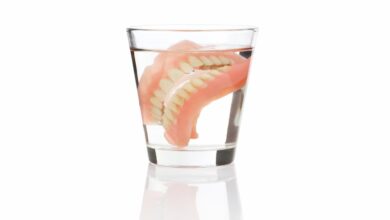Amalgam vs White Fillings
When you have a cavity, acid from sugary foods can creep into the hole and attack your tooth from the inside. Left untreated, a cavity can lead to painful bouts due to infection in the gums, root and nerves. One of the most effective ways of protecting your tooth from further damage is to seal the cavity (hole) with a dental filling.
There are many types of dental fillings that you can choose from, the most common being amalgam, white composite and porcelain fillings.
Types of Dental Fillings
Although amalgam dental fillings are the cheapest choice, patients sometimes avoid them due to two main reasons: Fear of mercury leakage and appearance factor. In weight terms, over 50 per cent of every amalgam filling is composed of mercury. Mercury is a highly toxic substance that poses a significant health risk when the person is exposed in high doses to it. What is unclear, however, is the potential risk from low but long-term exposure, such as in the case of dental amalgams.
Amalgam fillings are the cheapest choice but patients sometimes avoid them due to two main reasons: fear of mercury leakage and appearance factor.
While it is true that the amount of exposure from mercury dental fillings are low, amalgam fillings are often left in the mouth for more than 10 years, hence the risk of prolonged exposure becomes a matter of concern. Mercury exposure is known to trigger health problems including kidney failure, impaired immune system and neurological damage. Since mercury is essentially tasteless and odourless, patients would not be aware of any leakage from amalgam fillings.
The metal fillings have another drawback: an unattractive appearance. Amalgam fillings are known for their dark coloured appearance that can draw unwanted attention to the inside of your mouth. The appearance factor was largely tolerated in the past due to the lack of viable alternatives. With the advent of porcelain and composite resin fillings, today’s patients get to enjoy all the aesthetic benefits of having tooth-coloured fillings that blend in seamlessly with the rest of their healthy teeth.
Millions of patients are removing their old amalgam fillings every year and switching to the more aesthetically pleasing and safer type of fillings.
These tooth-coloured, metal-free alternatives to amalgam fillings are also known as white fillings. Not only are they preferred for their natural teeth appearance, they offer superior strength (as compared to outmoded versions) and bonding properties that allow a more direct procedure and better adherence to your teeth structure.
Factors to consider when choosing fillings
Today, millions of patients are removing their old amalgam fillings every year and switching to the more aesthetically pleasing and safer type of fillings. Of course, the type of material you choose for your fillings may depend on several factors. If you need to have a filling placed in one of your anterior (front) teeth, you may prefer the white fillings for aesthetic reasons. After all, the dark-coloured amalgam fillings – are more obvious and stick out like a sore thumb. As for your molar teeth, located in the back of your mouth where aesthetics is not a major concern, amalgam fillings may still serve a purpose. However, if you are concerned about the potential health hazards, then non-mercury porcelain and composite fillings will be the better choice.
Your dentist can advise you on the best choice of filling for your particular dental problem. Every old filling, especially amalgam fillings, should be reviewed by your dentist at your next check up. If there are any of the above problems or issues, it’s best to get it replaced if you can to avoid any future problems.






